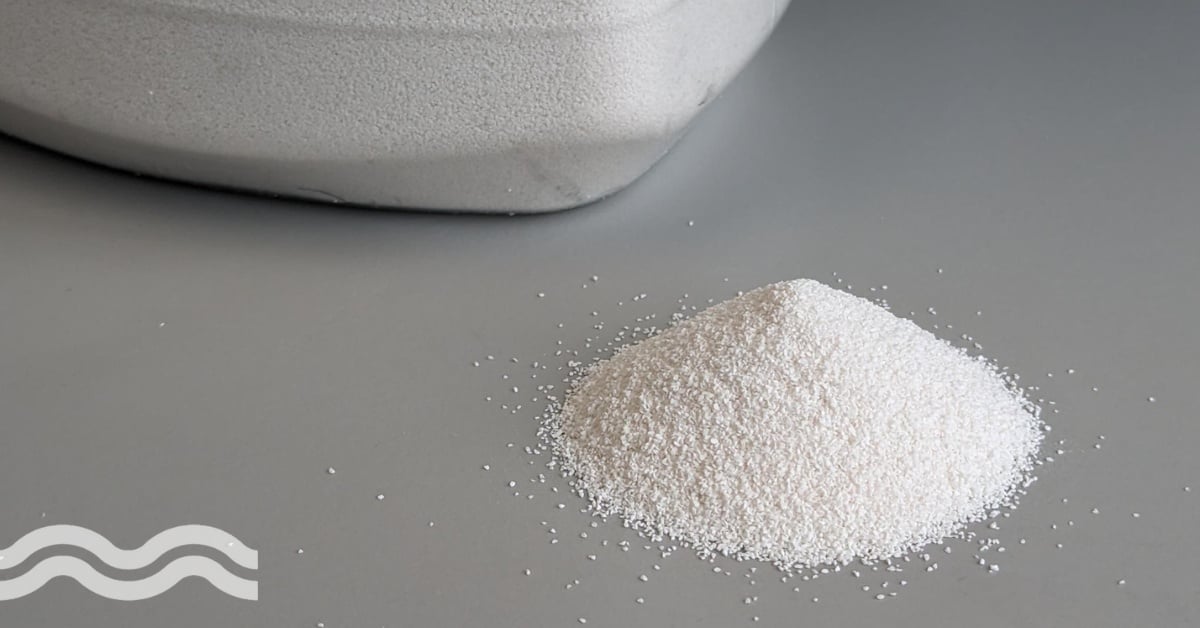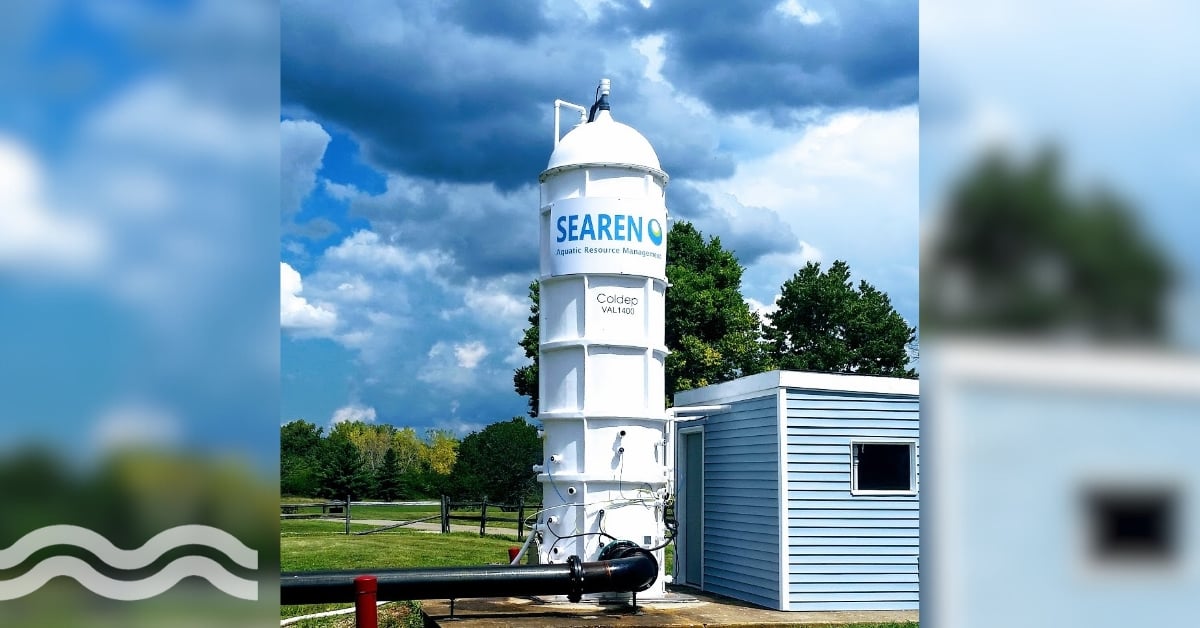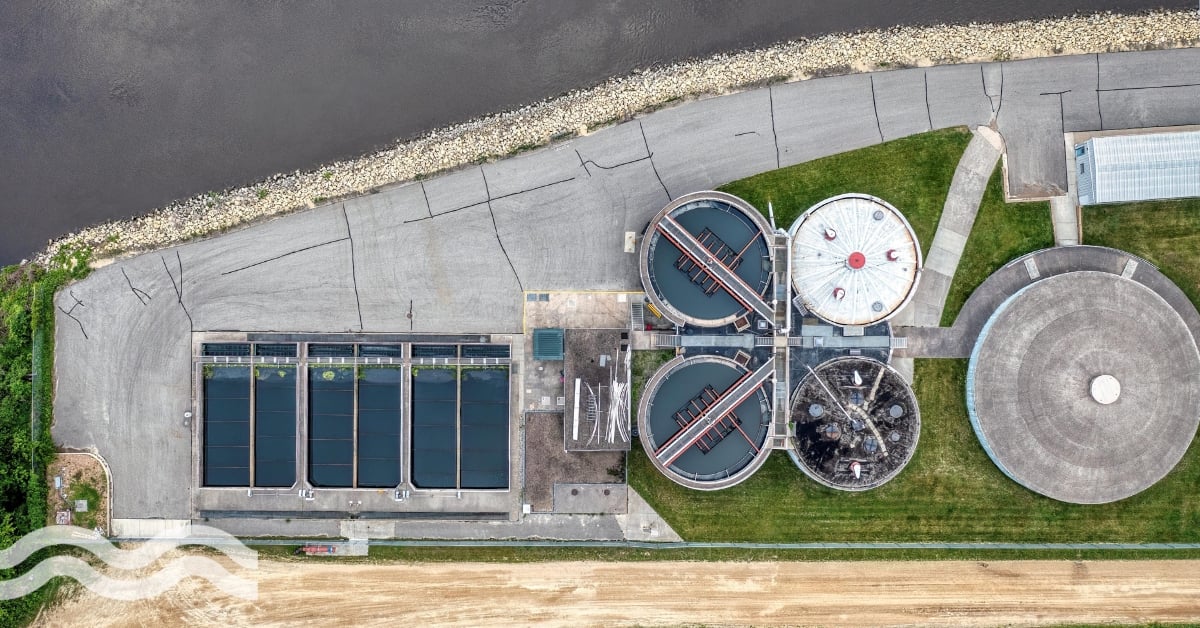
The US Environmental Protection Agency (EPA) is tackling contamination by Per- and Polyfluoroalkyl substances (PFAS) with a suite of new measures, including making polluters pay and appointing an official whose sole job is to lead on these efforts.
Is the Trump administration getting tougher on PFAS?
The measures build on the EPA’s announcements made during the Biden administration, and follow 2019’s PFAS Action Plan adopted under the first Trump administration.
The EPA announcement was made by the agency’s head Lee Zeldin who was appointed in January 2025 under his Powering the Great American Comeback (PGAC) initiative. According to Zeldin, they represent ‘the first, not the last’ actions the EPA will be taking to ‘help communities impacted by PFAS contamination’.
The PGAC initiative aims to fulfil the EPA’s remit while boosting the American economy. It is built on five pillars with the PFAS measures focusing on Pillar 1: Clean Air, Land, and Water for Every American, and Pillar 3: Permitting Reform, Cooperative Federalism, and Cross-Agency Partnership.
Zeldin told media: “I have long been concerned about PFAS and the efforts to help states and communities dealing with legacy contamination in their backyards. With today’s announcement, we are tackling PFAS from all of EPA’s program offices, advancing research and testing, stopping PFAS from getting into drinking water systems, holding polluters accountable, and providing certainty for passive receivers.”
He added: “This is just a start of the work we will do on PFAS to ensure Americans have the cleanest air, land, and water.”
Zeldin has a track record on PFAS action
While many areas of the sciences have faced cutbacks and efficiency measures under the second Trump administration, it seems PFAS remediation is in safe hands.
Zeldin was a founding member of the PFAS Congressional Taskforce and a supporter of the PFAS Action Act. Although he has voted against EP
A actions in the past, along party lines, he has been an advocate for providing all Americans with clean water and for making polluters pay, rather than consumers.

The great PFAS fightback
The measures announced include the creation of an agency lead dedicated to the fight against PFAS, as well as the creation of effluent limitations guidelines (ELGs) for certain PFAS to stop these forever chemicals from entering drinking water systems, and initiatives to engage with Congress and industry to establish a clear liability framework that ensures the polluter pays and passive receivers are protected.
The EPA has made a number of announcements targeting PFAS and other pollutants in recent years.
In March 2023, the Biden administration began tackling PFAS pollution with the Clean Water Act. The act was designed to reduce discharges of toxic metals and other pollutants, such as PFAS, from power plants into lakes, streams, and other water bodies.
The following year, in May 2024, the Biden administration introduced the USA’s first National Drinking Water Standard designed specifically to protect people from PFAS, while the EPA pledged to make polluters pay for cleaning up waters supplies. The act made the two most widely used PFAS chemicals – perfluorooctanoic acid (PFOA) and perfluorooctanesulfonic acid (PFOS) – as hazardous substances under the Comprehensive Environmental Response, Compensation, and Liability Act (CERCLA).
The CERCLA act gives EPA a strong legal tool to enforce polluters to pay for investigations and clean-up operations.
At the time, the EPA estimated that 6-10 per cent of the 66,000 public drinking water systems subject to the rule would need to take action. The affected systems were given three years to monitor and assess PFAS levels and five years to begin implementation of solutions to address these levels.
In January 2025, the EPA published preliminary findings that suggested PFAS and PFOA levels in sewage sludge being spread on fields posed a significant health risk to people living nearby.
The rise in legislation has led to a surge in US companies researching and developing solutions for monitoring, capturing and destroying PFAS and associated chemical pollutants.
Together, Zeldin’s measures are to be viewed as a ‘toolbox’ which includes the foundational knowledge and investment needed to help communities dealing with PFAS contamination. These PFAS measures are focused on three main areas: Strengthening the science; fulfilling statutory obligations and enhancing communication; and building partnerships (see below for more detail).
Strengthening the science
- Designate an agency lead for PFAS to better align and manage PFAS efforts across agency programs
- Implement a PFAS testing strategy under Toxic Substances Control Act (TSCA) Section 4 to seek scientific information informed by hazard characteristics and exposure pathways
- Launch additional efforts on air-related PFAS information collection and measurement techniques related to air emissions
- Identify and address available information gaps where not all PFAS can be measured and controlled
- Provide more frequent updates to the PFAS Destruction and Disposal Guidance – changing from every three years to annually – as EPA continues to assess the effectiveness of available treatment technologies
- Ramp up the development of testing methods to improve detection and strategies to address PFAS
Fulfilling statutory obligations and enhancing communication
- Develop effluent limitations guidelines (ELGs) for PFAS manufacturers and metal finishers and evaluate other ELGs necessary for reduction of PFAS discharges
- Address the most significant compliance challenges and requests from Congress and drinking water systems related to national primary drinking water regulations for certain PFAS
- Determine how to better use RCRA authorities to address releases from manufacturing operations of both producers and users of PFAS
- Add PFAS to the Toxic Release Inventory (TRI) in line with Congressional direction from the 2020 National Defense Authorization Act
- Enforce Clean Water Act and TSCA limitations on PFAS use and release to prevent further contamination
- Use Safe Drinking Water Act authority to investigate and address immediate endangerment
- Achieve more effective outcomes by prioritizing risk-based review of new and existing PFAS chemicals
- Implement section 8(a)7 to smartly collect necessary information, as Congress envisioned and consistent with TSCA, without overburdening small businesses and article importers.
- Work with Congress and industry to establish a clear liability framework that operates on polluter pays and protects passive receivers
Building partnerships
- Advance remediation and cleanup efforts where drinking water supplies are impacted by PFAS contamination
- Work with states to assess risks from PFAS contamination and the development of analytical and risk assessment tools
- Finish public comment period for biosolids risk assessment and determine path forward based on comments
- Provide assistance to states and tribes on enforcement efforts
- Review and evaluate any pending state air petitions
- Resource and support investigations into violations to hold polluters accountable


